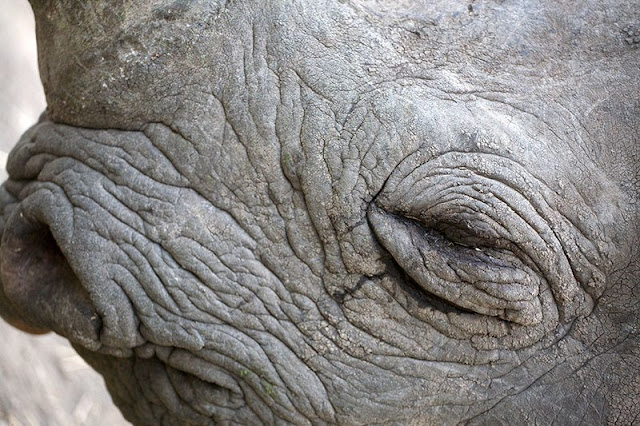It took three days before I realized that I had been in a fight, it was an ongoing battle that was causing a form of paralysis. I was suffering from a self-induced creative block brought on by expectation. The words African safari conjure thoughts of adventure, the exotic and danger. These thoughts and preconceptions cloud the reality that is. So rather than immersing myself in the now, I was looking to meet the needs of my expectation. As a naturalist, photographer and artist with a desire to fill my empty bucket with new and exciting images, there was only one possible outcome... an empty bucket!
It was during our second day at Samburu National Reserve that I discovered the unintended war I was waging against myself. Now that I understood the problem, I could begin the search for a solution that would liberate me from the shackles that restricted my vision.
To break the viscous cycle, I had to leave my recollections of old National Geographic's, Discovery Channel footage and prior travels in my mental hard drive. In its place, I exposed open memory slots where I could record new mental and physical images... You can only image the relief I felt once I began to view Kenya through a creative eye.
It is quite cathartic whenever you discover the source of a creative block. Unfortunately, this is not the first time I have had to experience this catharsis. Furthermore, I would love to claim that this was my first battle with expectation... sadly, this is not the case.
There have always been photographers, musicians, writers, and scientists who did it first. The task facing we plebeians of the day, is to make the experience our own. Make it different, do it better, and innovate beyond what came before.
Leave the baggage in the closet... this is the phrase I whispered to my brain. The bags of my past and the work of my predecessors are too large a burden to carry, they are the wall that caused my paralysis. While it is a bit cliche, in order to suppress your expectations... carpe diem - live the moment - own the moment - be in the moment. If you can let go of your expectations, you will unleash your creative potential and be prepared to embrace the unexpected.
All of the images presented are from Lake Nakuru National Park.
Lake Nakuru is located in the rift valley in Central Kenya. The lake is one of Africa's soda lakes, and is known for a large migrating population of flamingos. Lake Nakuru National Park is home to a wide diversity of African birds and mammals. Known as a hotspot for leopards, it is also home to introduced populations of black and white rhinoceros.
©2000-2010 BTLeventhal.com / Bruce & Tamy Leventhal. All rights reserved. No image on this site may be used without permission

































